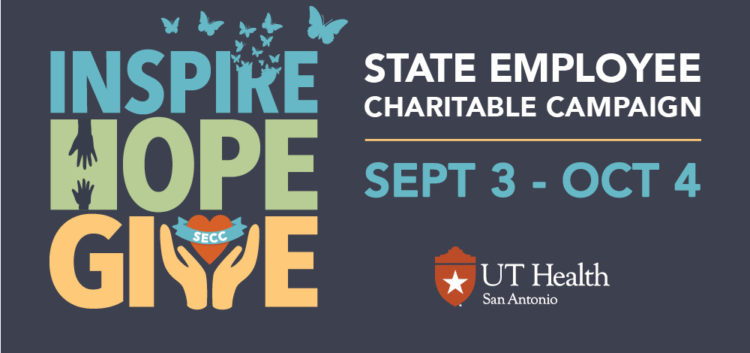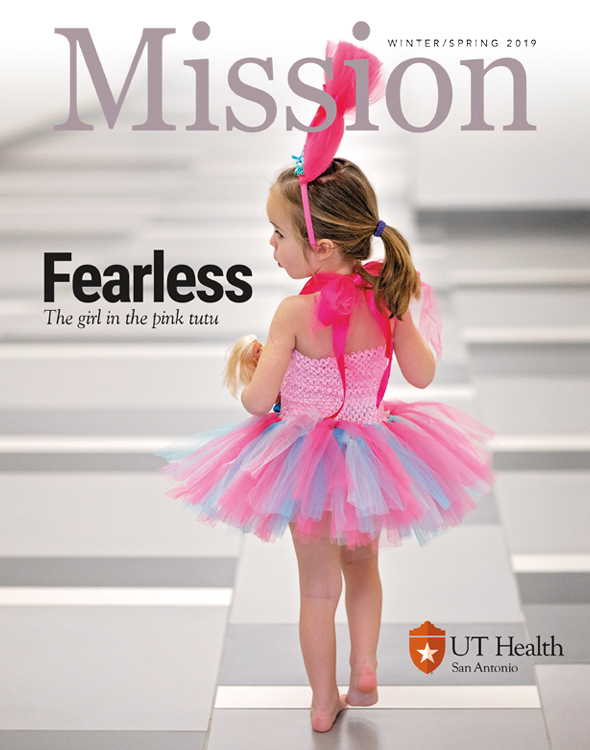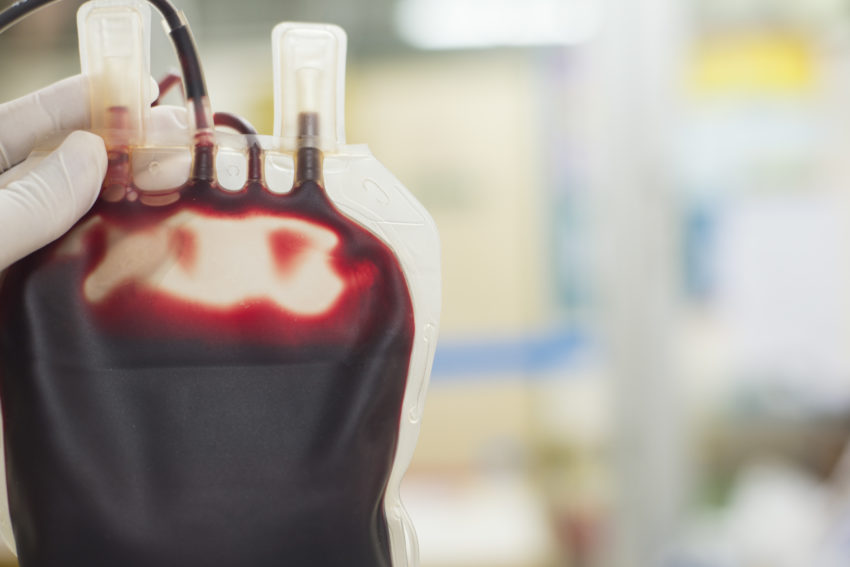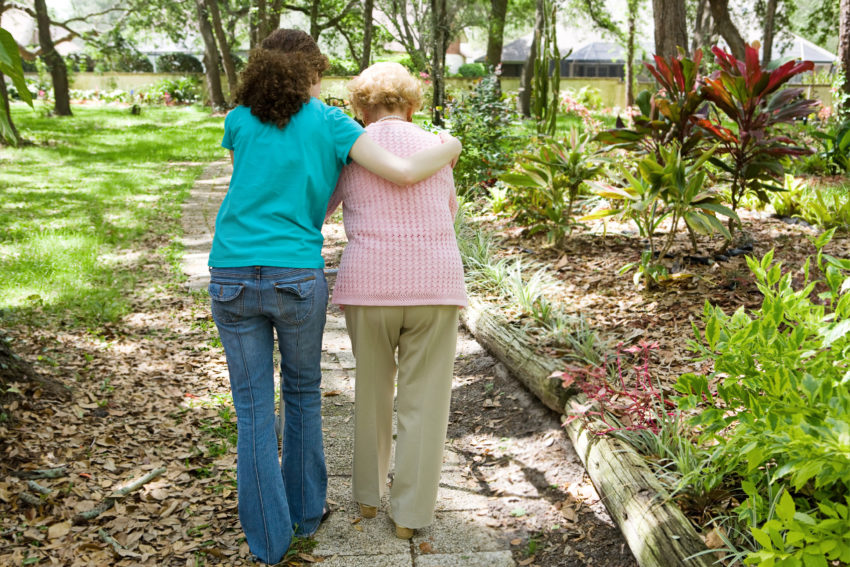Many of us went through medical school learning that blood components were the best way to give transfusions. This approach also helped stretch donated blood, which always seems to be in short supply. Given this has been the standard approach to transfusions since the 1970s, it is not unexpected that many of us probably would never think about using whole blood.
Our military colleagues, however, have been giving whole blood a second look—and we all are the beneficiaries. The reality is that more than 25 percent of trauma patients in our region who would have died before making it to a hospital for a blood transfusion have been saved due to military ingenuity that has been further developed in the civilian sector by our partners in the region.
This ingenuity was born out of desperate need.
During the wars in Iraq and Afghanistan, too many military personnel, injured from improvised explosive devices, hemorrhaged before they could be flown to a field hospital. Military physicians, including Army Col. Brian Eastridge, M.D., now a professor and chief of the Department of Trauma and Emergency Surgery at UT Health San Antonio, began researching what could be done differently to improve survival.
The logistics of performing transfusions on the battlefield with blood components are complicated, because packed red blood cells, platelets and plasma all have different storage, testing and temperature requirements. So Dr. Eastridge, along with Air Force Col. Donald Jenkins, M.D., now a professor of trauma and emergency surgery and deputy director of the Military Health Institute at UT Health San Antonio, returned to a wartime solution of years ago: whole blood.
Using whole blood makes sense. Military studies in the Middle East showed that a quick response—strengthened by a combination of the three blood components or, in essence, whole blood—provided the best chance for survival. Science also showed that cold-stored whole blood has more volume lasting for 35 days and, as a result of new technology, can be warmed almost instantly to the exact temperature needed for transfusions.
Drs. Eastridge and Jenkins took this research into the civilian setting and are now proving that whole blood is the best option for patients who otherwise would bleed to death before ever reaching a hospital following trauma from vehicular accidents, violence or medical events such as maternal hemorrhage and pulmonary bleeding.
Today, South Texas patients are the first in the nation to receive lifesaving O-positive, cold-stored whole blood transfusions before they ever reach the hospital. In fact, whole blood transfusions are now available on all medical transport helicopters throughout this 26,000-square-mile region.
This lifesaving, game-changing protocol is made possible because of a partnership under the Southwest Texas Regional Advisory Council (STRAC), which oversees trauma and emergency health care projects and programs in 22 counties in South Texas, including the entire San Antonio area.
Emergency response in South Texas has been truly transformed, and that could not have been accomplished without the expertise of our military and dedicated partners that include the San Antonio Medical Foundation, South Texas Blood and Tissue Center, University Health System, the San Antonio Fire Department, helicopter EMS units and the U.S. Army Institute of Surgical Research at San Antonio Military Medical Center.
Also deserving of our thanks is C.J. Winckler, M.D., who serves as assistant clinical professor of emergency health sciences and emergency medicine at UT Health San Antonio, and as deputy medical director of the San Antonio Fire Department EMS. Dr. Winckler conducted extensive research using fire department data to produce the protocol that makes donations of O-positive whole blood available when and where they are needed.
As word spreads about the value of whole blood, cities, hospitals, EMS systems and regional systems throughout the United States are now approaching the Southwest Texas Regional Advisory Council and its members to learn how to implement this new model of care. Together with the STRAC and all our other partners in medicine, I encourage you to take great pride in this unique and stellar collaboration through which countless lives are to be saved.






